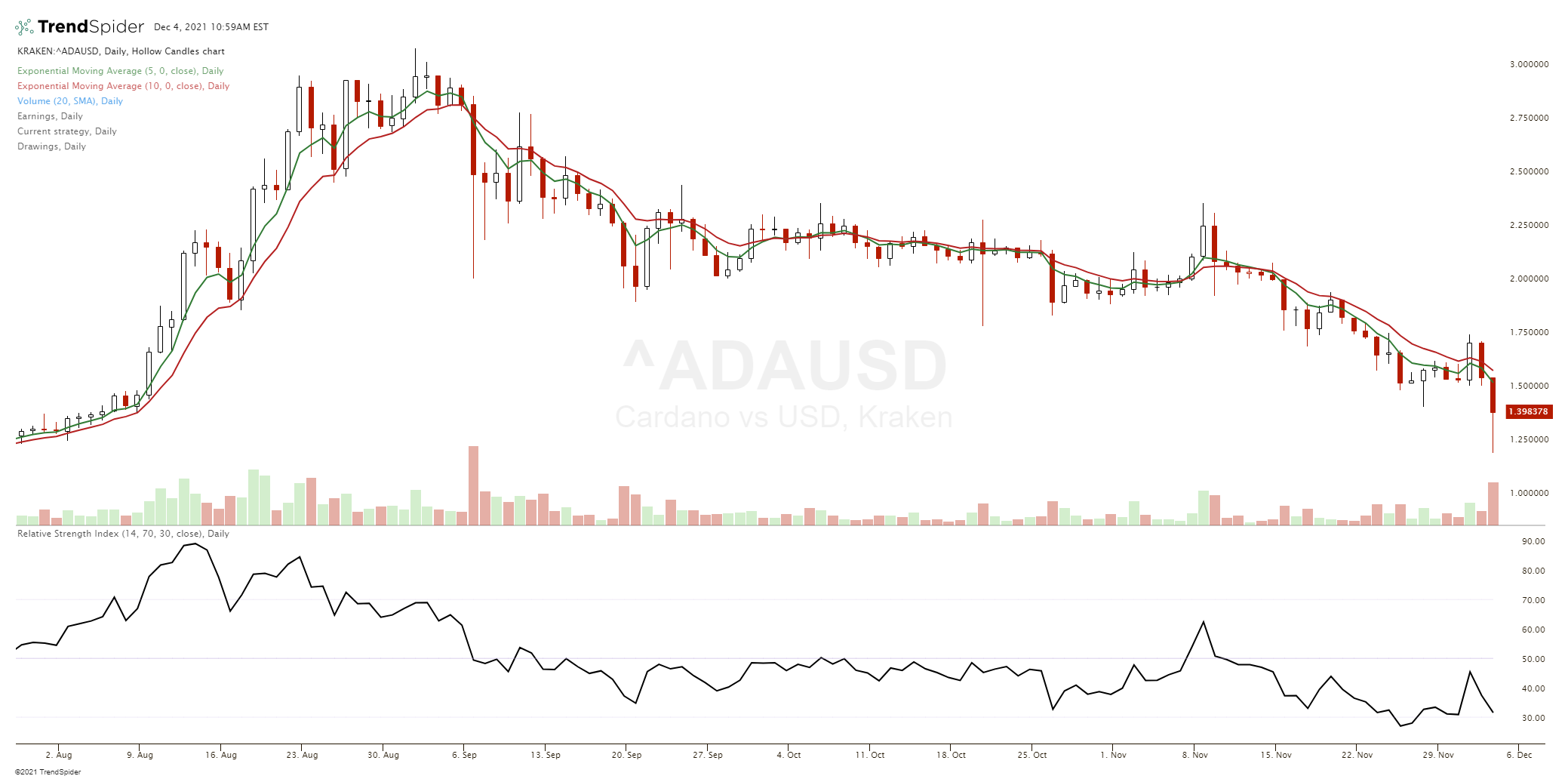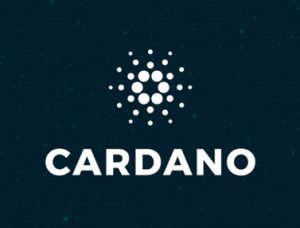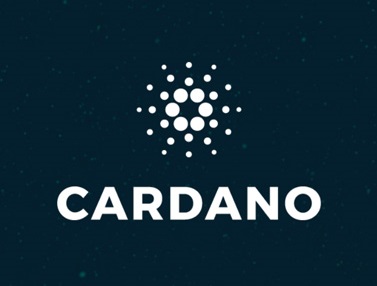The co-founder of the Ethereum blockchain, Charles Hoskinson, understood the limitations and challenges to the proof-of-work (PoW) blockchain networks over the long-term and decided to build an alternative. The problem with the first generation blockchains that require proof-of-work is the ability to scale, the interoperability between blockchains, and the sustainability with energy consumption as the network grows. The older PoW networks like Bitcoin and Ethereum can be limited by the burden of growing energy costs, the need for so much energy usage, and the slow rates of transaction processing times. Ethereum takes approximately 10 seconds to process a block transaction and Bitcoin has a 10 second per block processing speed.
Hoskinson started developing the Cardano blockchain in 2015 and launched it in 2017. The ADA token is the native token for the Cardano blockchain. Cardano was created to be a decentralized proof-of-stake (PoS) blockchain created to be more efficient than the earlier proof-of-work (PoW) blockchains. The Cardano blockchain operates on the Ouroboros consensus protocol. Ouroboros was created for Cardano as a proof-of-stake protocol. It has been proven to be a secure platform. It is the first blockchain to use scholarly academic research in each phase of development and improvement. The Cardano roadmap is structured through a research-based framework and it incorporates peer-reviewed insights while using evidence-based methods to achieve its blockchain and token long term goals.[1]
Proof-of-stake (PoS) protocols are a class of consensus mechanisms for blockchains that process blocks by choosing validators in proportion to their quantity of holdings in the specific cryptocurrency being used. Proof-of-stake is different from a proof-of-work protocol, as PoS systems do not incentivize high amounts of energy consumption to solve complex math problems. The first functioning use of PoS for any cryptocurrency was by Peercoin in 2012.[2]
ADA can be staked in the blockchain to increase a users power in validating transactions. ADA is currently trading at $1.40 at the time of this article.
Ada is Cardano’s digital currency and is named after Ada Lovelace, the 19th-century countess and English mathematician who is considered the first computer programmer.[1]
Cardano will support a new protocol called KMZ sidechains that is based upon prior results from proofs of proofs of work. The concept allows for the secure and non-interactive movement of funds from CSL to any Cardano Computation Layer or other blockchain supporting the protocol.[3]
Input Output Hong Kong (IOHK) is a blockchain research and development company using the peer-to-peer applications of blockchain to build financial services for clients and the general population. This company was founded by the creator of Cardano, Charles Hoskinson and Jeremy Wood in 2015 . It is an engineering company that builds blockchain application solutions for businesses, universities, academic institutions, governments, and corporations on the Cardano blockchain. IOHK is currently working with the University of Wyoming, the University of Edenburgh, New Balance, and the country of Georgia and Ethiopia.[4]
The future roadmap focus for Cardano will be:
- Foundation
- Decentralization
- Smart Contracts
- Scaling
- Governance [5]
The ADA token is deflationary as only 45 billion will ever be minted as the market cap. Cardano ADA is currently the 6th biggest cryptocurrency with an approximate $46.7 billion market cap with a 33.3 billion supply of circulating tokens.[6]


